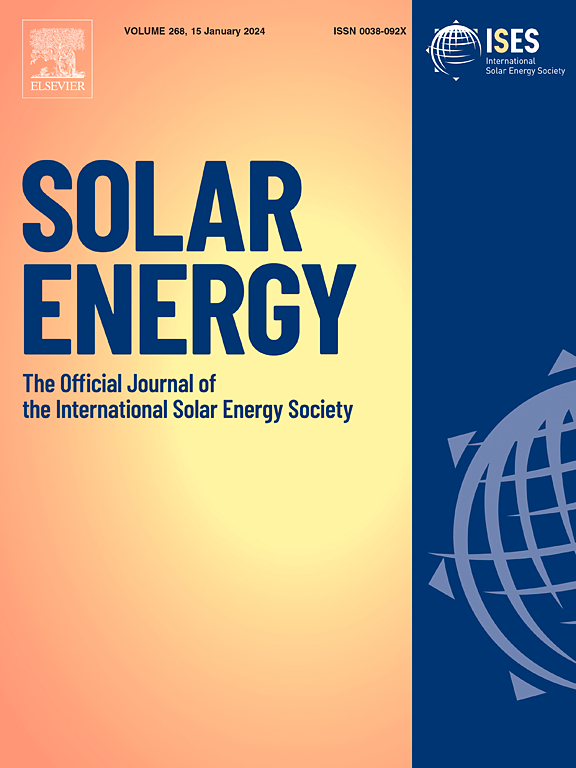弥合sim2real差距:用纯合成数据训练用于定日镜检测的深度神经网络
IF 6
2区 工程技术
Q2 ENERGY & FUELS
引用次数: 0
摘要
深度神经网络在不同领域的图像处理中取得了显著的成功。然而,为了达到最先进的性能,大量的高质量训练数据是必不可少的。在光学定日镜监测的背景下,获取这样的数据仍然是一个挑战,这就是为什么深度神经网络仍然很少使用。我们建议使用综合训练数据来解决这一缺陷,并在我们的模拟环境中对场景参数进行全面调查,以减轻sim2real差距。我们的研究结果表明,使用纯合成数据在定日镜场的航空图像中进行目标和关键点检测的训练模型是可行的,并且在适当的场景配置下产生了有希望的结果。我们的最佳模型在定日镜检测中实现了0.63的平均精度(AP),并在我们的测试数据集中准确地检测出61%的外镜角,包括六张手动注释的真实世界定日镜场无人机图像。通过在该测试数据集的模拟复制上评估模型,我们测量了各自任务的剩余sim2real差距为30%和35%。此外,我们展示了模型的可移植性,以其他定日镜几何。通过生成额外的200张显示新几何形状的合成图像,并对模型进行简短的微调,我们在另一种植物的真实图像上获得了有希望的定性结果。据我们所知,这项工作是深度学习的第一个应用,在定日镜场的机载图像中实现了镜像角检测,同时为发电厂转移提供了一种直接的方法。本文章由计算机程序翻译,如有差异,请以英文原文为准。
Bridging the sim2real gap: Training deep neural networks for heliostat detection with purely synthetic data
Deep neural networks have demonstrated remarkable success in image processing across various domains. However, to achieve state-of-the-art performance, a substantial amount of high-quality training data is essential. In the context of optical heliostat monitoring, acquiring such data remains a challenge which is why deep neural networks are still scarcely used. We propose the use of synthetic training data to address this deficit and conduct a comprehensive investigation of scene parameters within our simulation environment to mitigate the sim2real gap. Our findings demonstrate that training models for object and keypoint detection in aerial images of heliostat fields with purely synthetic data is feasible and yields promising results with the appropriate scene configuration. Our best model achieves an average precision (AP) of 0.63 in heliostat detection and accurately detects 61% of outer mirror corners on our test dataset, comprising six manually annotated real-world drone images of a heliostat field. By evaluating the model on a simulated replication of this test dataset, we measure a remaining sim2real gap of 30% and 35% for the respective tasks. Furthermore, we showcase the model’s transferability to other heliostat geometries. By generating an additional 200 synthetic images showing the new geometry and performing a brief fine-tuning of the model, we achieve promising qualitative results on real-world images of another plant. To the best of our knowledge, this work is the first application of deep learning achieving such results in mirror corner detection in airborne imagery of heliostat fields while offering a straightforward approach for power plant transfer.
求助全文
通过发布文献求助,成功后即可免费获取论文全文。
去求助
来源期刊

Solar Energy
工程技术-能源与燃料
CiteScore
13.90
自引率
9.00%
发文量
0
审稿时长
47 days
期刊介绍:
Solar Energy welcomes manuscripts presenting information not previously published in journals on any aspect of solar energy research, development, application, measurement or policy. The term "solar energy" in this context includes the indirect uses such as wind energy and biomass
 求助内容:
求助内容: 应助结果提醒方式:
应助结果提醒方式:


